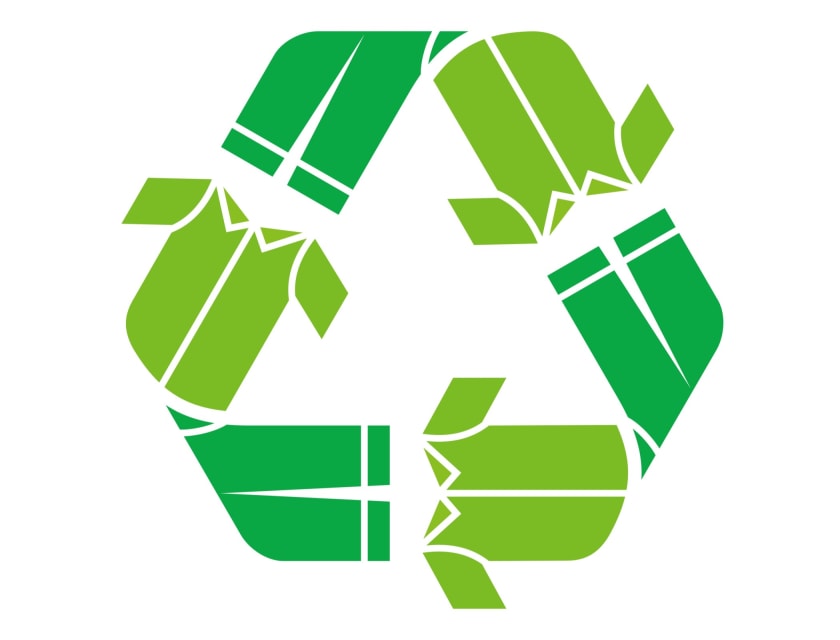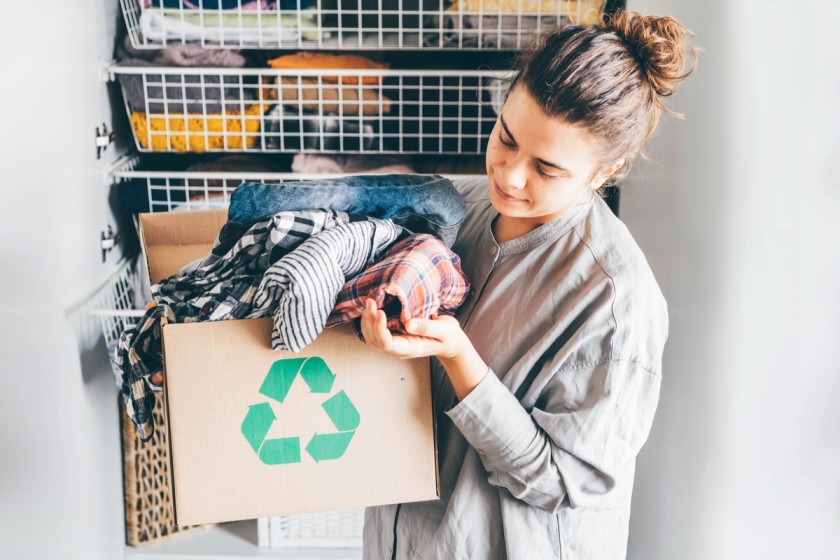How To Implement Recyclable Fashion and Win Consumer Loyalty for Your Brand?



The fashion industry manufactures greater quantities of apparel at a quicker rate to maximise profits. It results in inferior quality and a staggering amount of clothing waste, comprising textile waste from undesired production overstock, leftovers, or ingredients. Recycling is the process of repurposing pre-existing clothing or transforming them into recyclable fashion in textiles.
Garment recycling is reusing or repurposing clothing by re-entering a significant change of its existence, usually at retailing. As the fashion industry tries to handle the waste generated throughout its manufacturing processes, such efforts provide positive press and possible profit for companies. Fashinza can assist you in acknowledging fashionable clothes from several popular brands.
However, the question here is implementing recyclable fashion in the current scenario and enhancing your brand popularity. So, let's get started to know all about recycling fashion and its implementation.
What are the benefits of recycling or upcycling?
Recycling and upcycling contribute to the economic, ecological, and social sustainability requirements. It supports a closed-loop paradigm that enables the concept of "for everyone, forever" in a world with precious resources. The recyclable fashion industry helps eliminate waste by reusing and recycling final garments.
It reduces pollution and landfill to conserve the environment by redirecting waste to possible alternatives. Moreover, it preserves natural resources such as water and natural prude fibres by using a model that allows similar materials to be reused time after time.
As the market shifts away from staples and more towards reinforcing fibres, the ability to accelerate, combine, and extrude fibres opens up significant prospects for recycling technology innovation. It also enhances economic stimulation and job creation. Upcycling generally begins at the outset of the material formation process, and it would benefit from securing a constant supply.
As a result, upcycling has an intrinsic share in other sustainability practices such as reducing water and carbon footprints, decreasing air pollution, utilising renewable power, using biodegradable packaging, and eradicating animal abuse in the handling of fibres, velvet, and fur coats.
Recyclable Fashion Market

It's hard to assess the market for recyclable fashion. It is being led by a culture that has been taught about the negative implications of overabundance and is aware of the earth's natural resources. Recycling is not a novel phenomenon. "Rag and Bone" guys scavenged for home rubbish and then marketed it to retailers. Since that day, "fabric jobbers" have marketed mill scraps, and charity groups have aided in creating the used clothes industries.
As per the Textile Exchange Fast Facts, almost 70% of the planet's population wears second-hand apparel, with women's apparel supply 7 times that of males. Textile scrap accounts for over 5% of the municipal trash flow in developed nations, with a recovery efficiency of around 15%. However, the optimum recovery rate might be as much as 95%.
When a recyclable fashion re-enters the marketplace, especially at retailing, it again establishes a smaller value for clothing in the user's opinion. This drives new sustainable strategies for the garment industry by putting significant downward pricing pressure on the front side of the supply chain.
Growing Demand for Recyclable Fashion
Now you know that recyclable fashion is getting enough popularity in the marketplace. So, you might wonder how to utilise this opportunity to expand your brand. Cloth recycling entails the collection of old clothing and shoes for grading and recycling. Reusable clothes, fabric scraps or rags, and fibrous material are end products.
Due to increased environmental consciousness and disposal pressure, enthusiasm for cloth recycling is rapidly growing. It presents a market opportunity for enterprises. Charity organisations also make money by collecting clothes through various collection programs.
For instance, Fashinza launches a lot of new designs across several categories. Their customers may pick from a variety of sustainable textiles. They also provide a tech pack designing service to help with marketing. Similarly, you can introduce recycled clothing in your brand's name and enhance your market. Garment recycling entails several steps, which are listed below:
- Generating awareness for recycling clothing.
- Using several strategies for collecting used clothes for recycling
- Sorting the clothes in different groups, including fibres, rags and reuse.
- Processing of clothing to make it usable again.
Implementation of Recyclable Fashion

Considering several benefits of recycling clothing and watching the market opportunities might have encouraged you. But the question arises about implementing recycled fashion to grow more customers and enhance your brand. Here's a step-by-step guide to implementing a recyclable fashion business.
Ensure Your Space
You'll need to lease or acquire a place large enough to accommodate garment collection and sorting. To begin your firm, a 1000 square foot space will be enough.
Assure that there is a steady supply of discarded clothes
You may set up cloth-recycling boxes in key positions across your community. Some of the best examples are school systems and religious sites. Then you launch a campaign encouraging folks to donate their old garments to those bins.
Another option is to place collection boxes near parking lots or on busy routes. You may also promote clothing contributions in local publications. To promote donations, ensure that you put the collection boxes in high-traffic places. After collecting the garments, you can proceed with the next procedure steps.
Sorting
If you want to undertake manual sorting, you will need expert staff to distinguish between different materials by touching, such as silk and wool. To separate garments depending on colour and fabric type, you'll need gear like bins and trolleys for bulk operations. After removing everything that may still be worn, the remaining items should be divided into several groups. Materials that can be utilised to manufacture fresh garments are one category.
Calculate the Price
You should figure out how much it will cost to acquire the old clothes and how much it will cost to deliver them for sale. Cloth recycling is a high-capital investment. You'll have to spend a lot of money on chemical, technology, personnel costs, energy, site leasing, and transportation to handle it. As a result, you must have a financial strategy in place. You'll need to put up both the initial and working cash.
Locate a Buyer
After you've gathered all of your old clothes, the following step is to find a relevant buyer. A cloth factory or a store are all possibilities. Keep in mind that the amount you agree with them should satisfy your operational costs while also allowing you to make a profit. Half of the contributed clothing can be resold to third-world nations or resale stores.
Invest in Equipment
You can start your cloth recycling plant once you have finances. To do so, you'll need to put in fabric cutting and shredding devices that can turn leftover textiles into usable fibres for soundproofing.
Redesigning Old Clothes
Redesigning is a widely common notion. You may hire a stylist to turn your old items into vintage garments. Then, the old clothes are ready as the trendy recyclable fashion. You are now all set with your business to proceed.
Furthermore, you may develop a website where you can post all of the details about the relevance of the clothing waste recycling company for public education. Cloth recycling has several environmental and economic advantages, making it an excellent social business to participate in.
Final Thoughts
Cloth recycling is the best and trendy way to reuse your waste and rejected clothing and apparel. Implementing the recycling procedures will offer several environmental advantages. It reduces the demand for landfill space while also considering the greenhouse gases emitted by the discarded textiles. Furthermore, the groundwater in the region surrounding the waste is at risk.
You can consult Fashinza to improve your brand as they link you to the finest clothing and fashion industry. They will connect you with the appropriate manufacturer depending on your company's needs. The Fashinza team guarantees that your brand gains consumer loyalty.



















